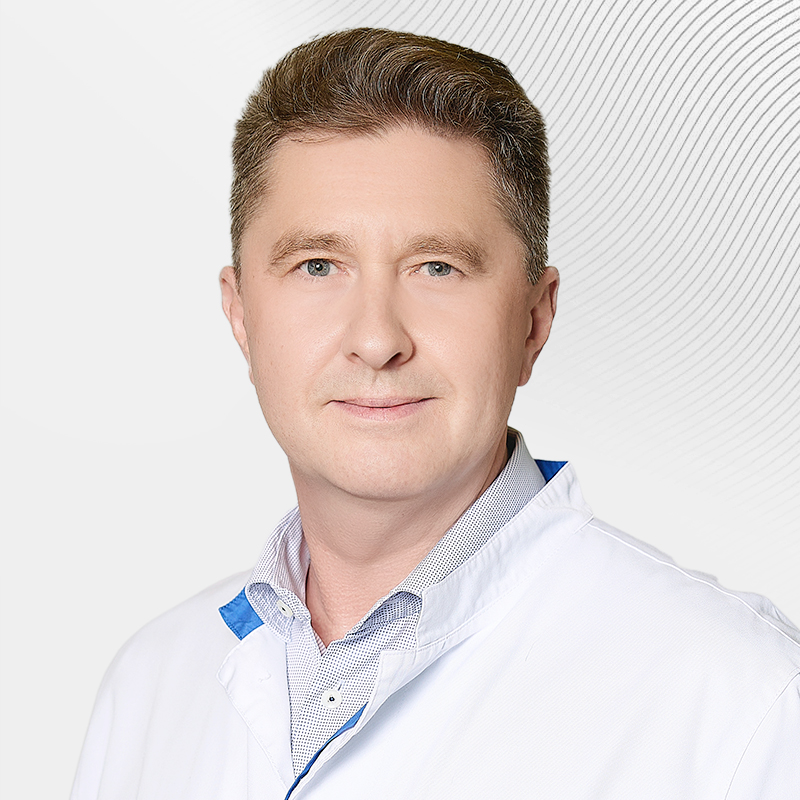Contact ureterolithotripsy
Contact ureterolithotripsy is an endoscopic procedure for removing stones from the ureter by crushing them. Patients often learn about the presence of a stone (calculus) in the ureter when they are examined for acute pain in the lumbar region (renal colic).
In our clinic, the procedure is performed with a flexible endoscope, which is inserted into the ureter transurethrally (through the urethra), through the natural urinary openings, without incisions and punctures. This reduces the traumatic effect of the operation to almost 0. The presence of powerful optics makes it possible to accurately isolate and completely remove all calculus particles. Contact ureterolithotripsy in our clinic is an opportunity to remove stones of any density, absence of postoperative scars, scars and short rehabilitation.
Learn more about the operation in the EMC
Ureterolithotripsy is a non—traumatic method of treating urolithiasis, which involves the fragmentation of ureteral stones into small fragments and their subsequent removal. The stones are crushed into sand in a few seconds, and then they are easily removed from the urinary system.
Contact ureterolithotripsy is the "gold standard" for the treatment of urolithiasis, as it is characterized by high efficiency in crushing concretions of any localization. Endoscopic stands with powerful optics, used in the EMC Urological Clinic, allow fast, safe fragmentation and removal of nodules of any size, shape, density, including large coralloid ones.
The advantages of our treatment are that we quickly diagnose the problem and perform the operation within an hour after the patient's treatment, without wasting time. In our clinic, such operations are performed all year round, 24/7.
Why do I need surgery
Stones can form in any part of the urinary system, from the kidney parenchyma to the urethral canal. Only small crystals with a diameter of less than 1 cm can come out independently with urine flow. Large concretions cannot pass through a narrow ureter by themselves. The operation should be performed immediately after diagnosis. Delay can lead to the fact that a stone blocking the outflow of urine from the kidney will provoke an inflammatory process in the kidney — acute obstructive pyelonephritis, accompanied by high fever, acute pain, intoxication of the whole organism.
The danger of secondary (obstructive) pyelonephritis is that, compared with primary pyelonephritis, it is characterized by a rapid progression of the purulent process — the formation of abscesses, retroperitoneal phlegmon, etc. The standard of treatment in this situation is rapid destruction of the calculus, aspiration of its fractions, normalization of urine outflow.
What indications should I use
Ureterolithotripsy is indicated in the following cases:
- Diagnosed stones with a diameter of 0.5 cm or more;
- Multiple stones of the distal ureter;
- the density of concretions is more than 800-1200 units.
- renal colic;
- constantly recurrent pyelonephritis on the background of urolithiasis;
- X-ray negative concretions (which are not detected by X-ray of the kidneys);
- absence of obstacles (tumors, stenoses) for the removal of fractions from the urinary tract;
- ineffectiveness of remote lithotripsy or contraindications to its implementation.
Contraindications to surgery
If a stone in the ureter has led to acute inflammation of the kidney, in this case ureterolithotripsy is contraindicated. To ensure a free outflow of urine, the doctor bypasses the stone and installs a thin stent, prescribes a course of antibiotic therapy to suppress the inflammatory process. After the inflammation is eliminated and the general condition is normalized, lithotripsy is performed.
Preparation, diagnostics
Preparation for the operation is carried out according to a standardized scheme, including laboratory and instrumental studies, consultations with related specialists (according to indications):
- blood tests (clinical, biochemical, clotting, infections, group and Rh factor, glucose) and urine (general, sediment microscopy);
- urethroscopy;
- excretory and overview urography; Ultrasound, CT, and MRI of the kidneys with contrast.
Contact ureterolithotripsy is a minimally invasive method of removing ureteral stones. Using a flexible endoscope with powerful optics allows you to avoid extensive surgical intervention, quickly and safely remove stones, and normalize the functioning of the urinary system.
How is the operation performed
The procedure is performed under local, epidural (spinal) or general anesthesia. The urologist surgeon passes through the natural openings with a flexible endoscope with powerful optics to the stone, crushing it using a laser lithotriptor. The multiple magnification of the operated area displayed on the monitor allows the doctor to perform the operation with precision.
After the intervention, the patient can be discharged home on the same day (if the operation is performed in the morning / afternoon), if in the evening, the outpatient regime is transferred to the next day, the patient spends the night under the supervision of a doctor. The anesthesiological service plays an important role in this — safe "light" anesthesia is used, after which a person quickly regains consciousness and does not need long-term supervision.
Rehabilitation
The process of stone destruction is always an injury to the ureter, regardless of the method of intervention. Against the background of injury, swelling of the ureter wall is formed, which leads to its compression. Therefore, in the early postoperative period, the patient experiences severe pain, as with renal colic. To prevent this from happening, a stent is being installed. A ureteral stent is placed for 5-7 days, until the edema is completely eliminated.
Patients feel the stent in different ways - some do not feel it at all even during physical exertion, others feel slight discomfort. The doctor always warns about all the consequences and possible sensations. The presence of a stent does not provide for any additional restrictions, except for those provided for by the postoperative period. The restrictions are related only to the patient's well-being.
To make recovery quick and trouble-free, within 2-3 weeks, you need to:
- Follow a salt-free diet, exclude fried, spicy, sour, salty foods, canned food, alcohol, soda;
- adhere to a drinking regime;
- limit weight lifting and heavy exercise for a month (but physical inactivity is not welcome, you need to properly dose physical activity);
- lead a healthy, active lifestyle, walk more often, play sports;
- avoid hypothermia, overheating of the body;
- come to the urologist regularly for a follow-up examination.
Get help
Specify your contacts and we will contact you to clarify the details.
Doctors
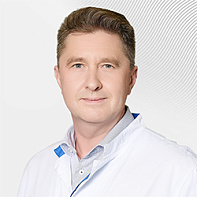
Grigorev Nikolay
Head of the Urological Clinic, Head of the Department of Urology at the EMC Medical School, Doctor of Medicine, Professor
-
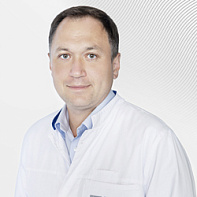
Iskander Abdullin
President of the Association of Young Urologists of Russia (AMUR, Ph.D. of Medical Sciences
-
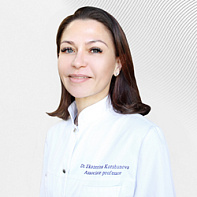
Ekaterina Korshunova
Ph.D. of Medical Sciences, Doctor of the highest category
-
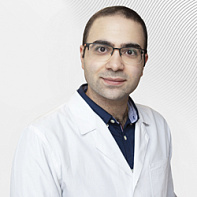
Vagan Barsegyan
Ph.D. of Medical Sciences
-
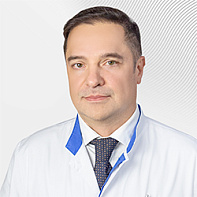
Aleksey Kovalenko
-
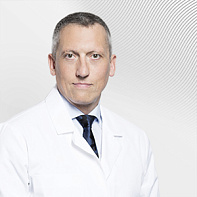
Gvozdev Mikhail
Doctor of Medicine, Professor, Honored Doctor of the Russian Federation, Doctor of the highest category
-
.jpg)
Tihonova Lyudmila
-
.jpg)
Gvasalia Badri
Professor, Doctor of Medicine
-
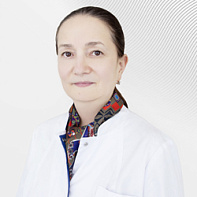
Sabirzyanova Zukhra
Ph.D. of Medical Sciences
-
.jpg)
Vsevolod Matveev
President of the Russian Society of Oncourologists, expert of the European Association of Urologists (EAU) section "Prostate Cancer", Doctor of Medicine, Professor
-
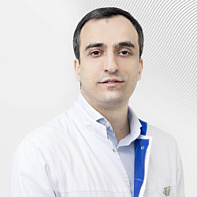
Tedeev Rustam
Ph.D. of Medical Sciences
-
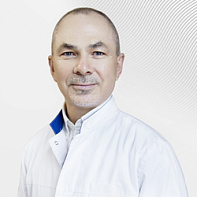
Kuznetskiy Yuriy
Doctor of Medicine, Doctor of the highest category, Professor
-
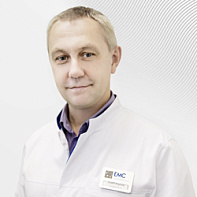
Dariy Evgeniy
Ph.D. of Medical Sciences, Doctor of the highest category
-
Grigorev Nikolay
Head of the Urological Clinic, Head of the Department of Urology at the EMC Medical School, Doctor of Medicine, Professor
- He is a recognized expert in endoscopic urology.
- He has performed more than 5,000 endoscopic and open surgeries on the organs of the genitourinary system
- Member of the Russian Society of Urology, the Russian Society for Endourology and New Technologies, the European Urological Association, the World Endourological Society
Total experience
33 years
Experience in EMC
since 2016
